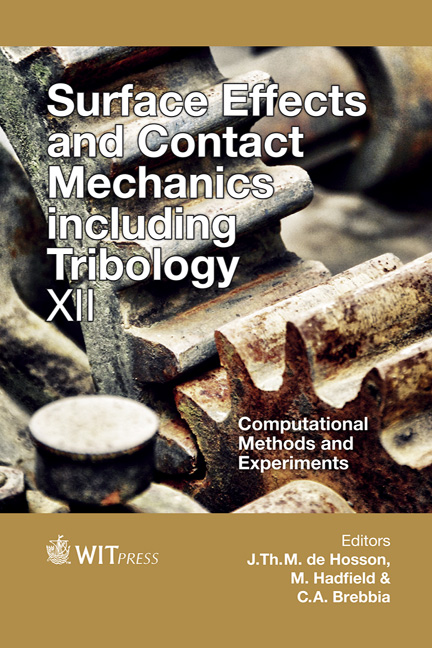A Study Of Microstructural Fatigue And Residual Stress Evolution In Titanium Plates Deformed By Mechanical And Laser Bending
Price
Free (open access)
Transaction
Volume
91
Pages
12
Page Range
23 - 34
Published
2015
Size
603 kb
Paper DOI
10.2495/SECM150031
Copyright
WIT Press
Author(s)
H. Fidder, A. Els-Botes, S. Woudberg, P. J. McGrath, V. Ocelik, J. Th. M. de Hosson
Abstract
This manuscript details the investigation of residual stresses and microstructural changes in commercially pure titanium plates deformed by three bending methods, i.e. (i) mechanically, (ii) using a laser beam and (iii) by a combination of laser and mechanical bending to a final radius of curvature of 120 mm. The residual strains were measured using the hole-drilling method and the analyses indicate that higher tensile residual stresses reside in the laser bent plate samples compared to that assessed from the other two bending methods. However, an important finding was that the residual stress state of laser bent samples was significantly reduced after application of mechanical bending for samples subjected to the combined bending application. This aspect coupled with the increased hardness due to microstructural changes makes the laser/mechanical bending process more favourable when designing against fatigue failure.
Keywords
residual stress, fatigue, laser forming, mechanical forming, commercially pure (CP) titanium





